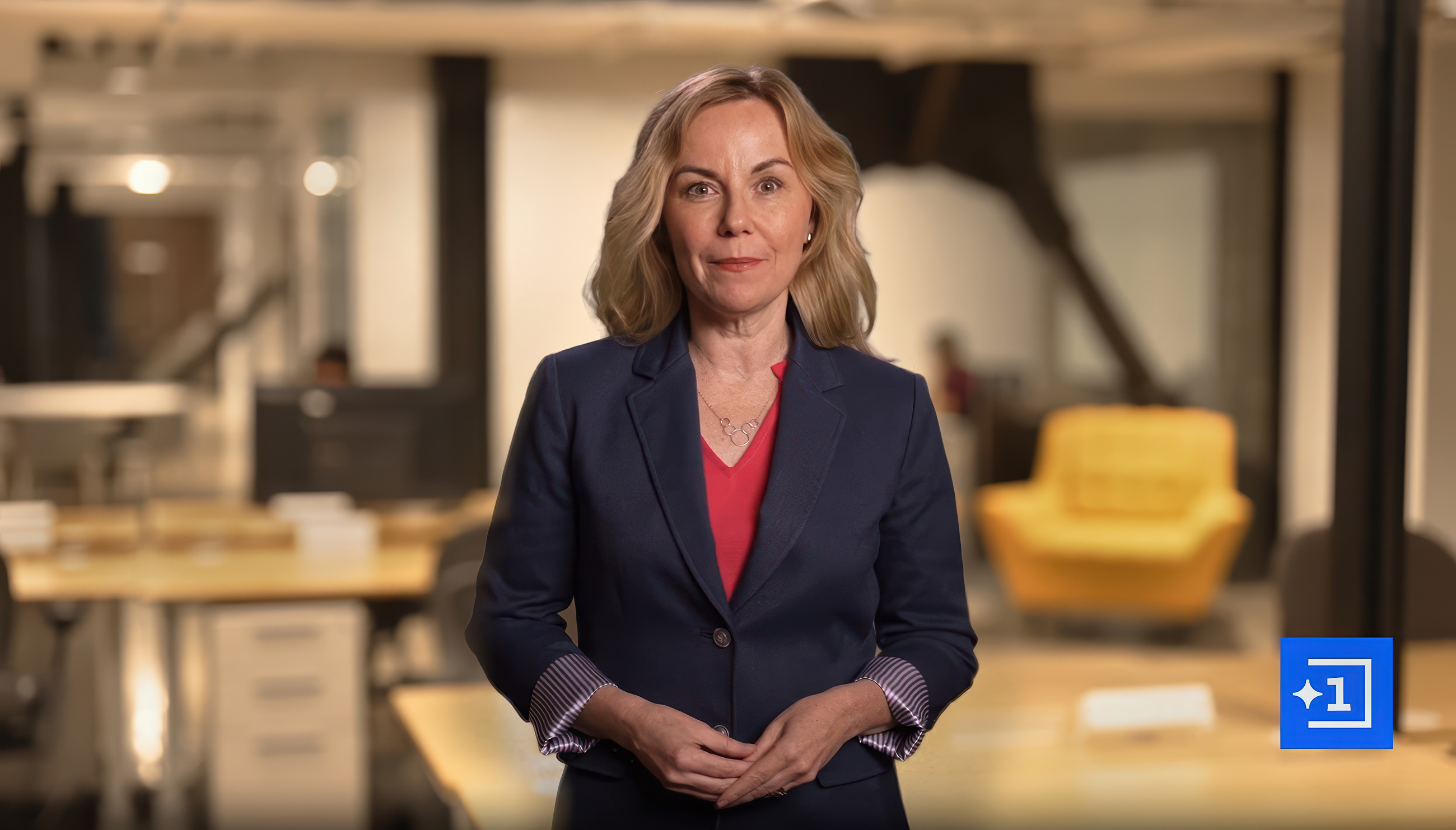
I was getting my dopamine rush the other day scrolling through some YouTube Shorts when the narrator clearly pronounced the word “boundaries” as “boun-dairies,” with the first syllable sounding like the word for a person, place or thing but beginning with “b” and the second sounding like the place where milk cows work.
It’s a pretty safe bet the narration was AI-generated with a text-to-speech algorithm. But calling attention to the mispronunciation isn’t intended as a gotcha aimed at the technology or the creator of the content. Rather, it’s a sign of just how good this technology has become. If it were not for the exception my ear registered in the form of “dairies,” I would not have thought twice about the authenticity of the voice.
YouTube itself has begun requiring content creators “to disclose content that is meaningfully altered or synthetically generated when it seems realistic.” It seems in this instance the synthetic voice made no meaningful difference to the content, so no harm, no foul and no warning label.
But what about television content, especially TV news? While many uses of AI promise great things in news, such as enriching metadata thereby making digitally stored content searchable on an unprecedented level, those that could directly touch viewers warrant careful consideration before committing to them.
AI-based closed captioning for live content like news—something that directly touches viewers—has steadily improved over the years and is successfully deployed by stations ranging from the smallest groups to the largest.
Then there is Channel 1, which has demonstrated AI-generated anchors and reporters in a 22-minute promotional video and plans a streaming newscast this year. BBC’s Chris Stokel-Walker’s Jan. 26, 2024, article, “TV channels are using AI-generated presenters to read the news. The question is, will we trust them?” is an excellent summation.
Indeed, will we trust them? At this point, the question is open, but I suspect many local news directors will resist using AI anchors and reports for the same reason many elected to step back from virtual news sets. Sure, there was concern about what to do if the engine driving the virtual set failed and left talent in front of a green screen.
But what was of more concern was building a newscast of what was supposed to be the real thing—in other words, the reality of what is happening in their local markets to the best of their ability—in a computer-generated, i.e., “fake,” environment. That idea simply rubbed many news managers wrong.
I suspect the same news cultural bias—at least in many local U.S. newsrooms—will be a major obstacle to AI-generated anchors and reporters. The uncanny valley is real, and all it will take are a few “boun-dairies”-type missteps—whether audio or video—to unleash the bull in the news china shop.







